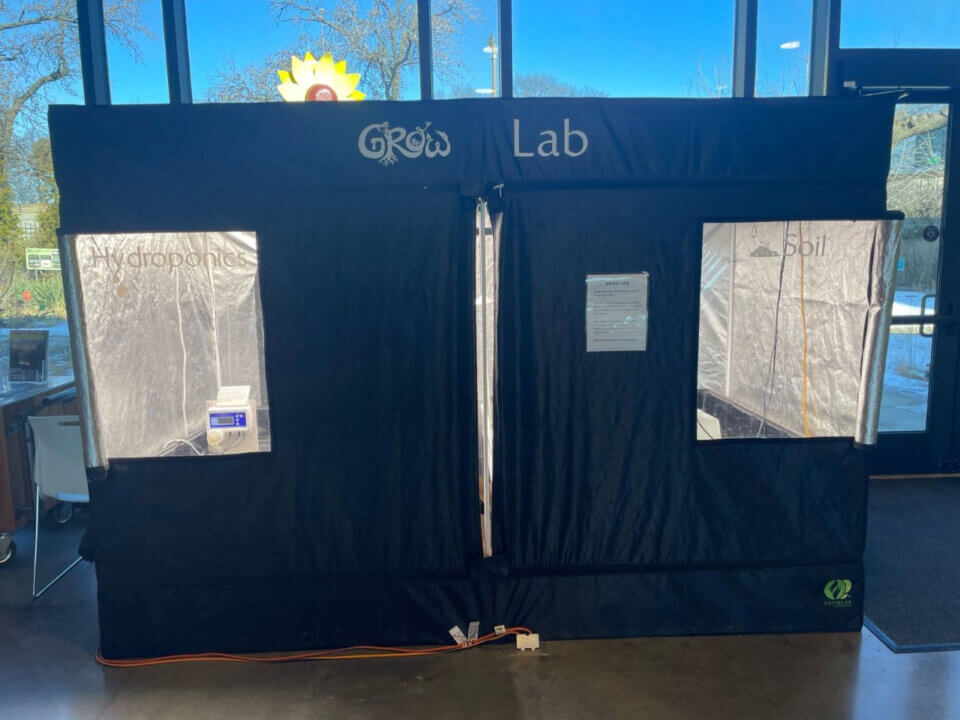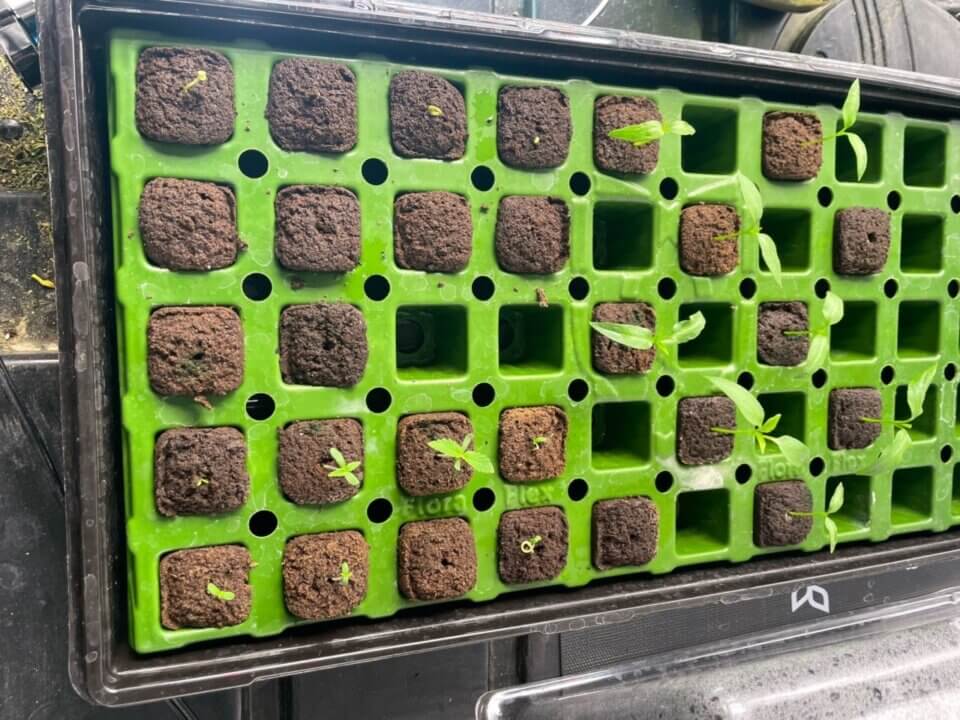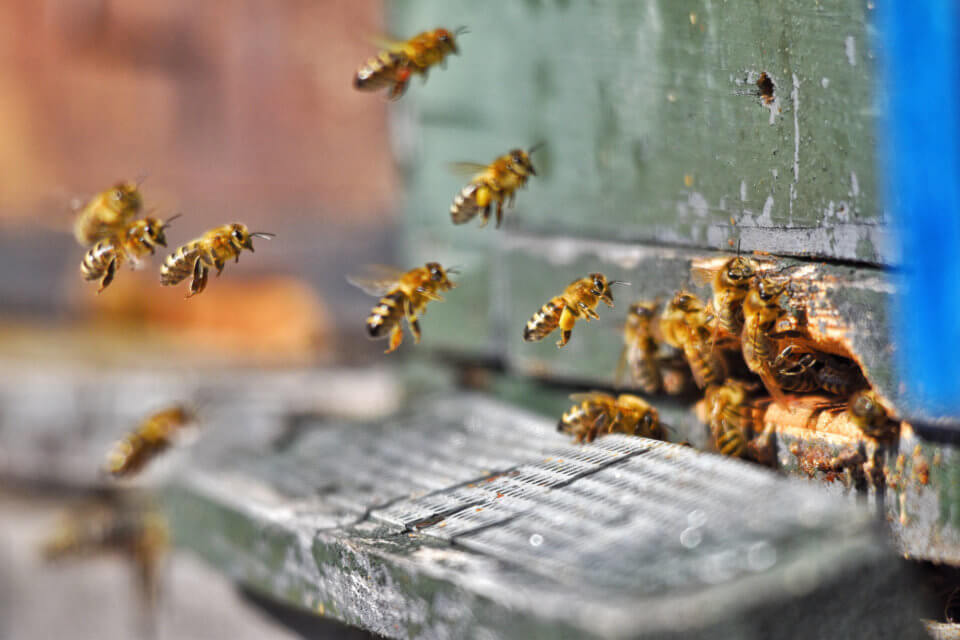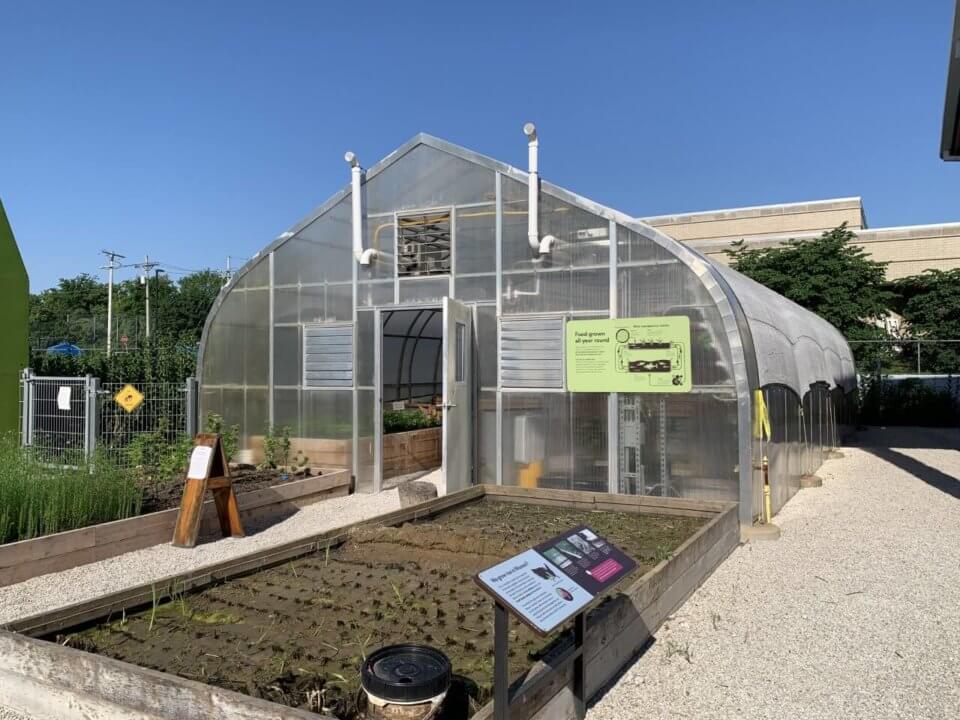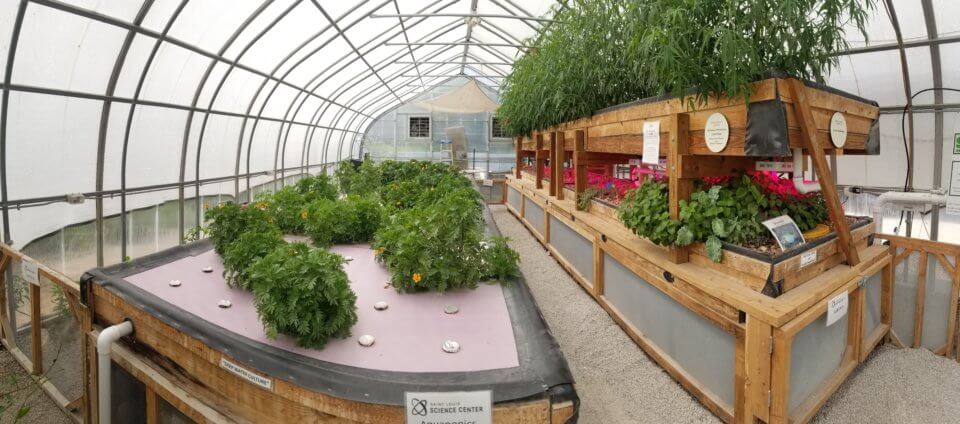In this short video, Andy discusses when to transplant seedlings and benefits of this practice.
Germination – The First Step
Welcome to Week 1 of this grow blog. Today’s post focuses on seed germination. Seeds contain everything a young plant needs to survive, but seeds will not germinate without the right environmental conditions. For this grow we will want to give the seeds the best possible environment, which includes moisture level, humidity, and temperature. To… Continue reading
Juvenile Osprey – Found in North America
This hawk is unique among North American raptors. Ospreys have a diet of live fish and the ability to dive into water to catch them – an ability that has earned osprey a separate family classification from other hawks. Ospreys also have an unusual reversible outer toe which allows them to grasp with two toes… Continue reading
Snowshoe Hare Collected from Anchorage, Alaska
What’s so special about this rabbit? With longer back legs that have more fur and larger toes than other types of rabbit, the snowshoe hare is uniquely equipped to walk on snow. In fact, these adaptations are what give the rabbit its name. Another interesting adaptation is their color-changing fur which helps them blend in… Continue reading
Scientific Illustration Reprint of 1845 original
Many people are familiar with John James Audubon and his pictorial record, The Birds of America. But did you know that he also completed a work on the mammals of North America? Audubon was a naturalist and painter who excelled as a wildlife artist depicting animals in their natural habitat. In the 1840s he began… Continue reading
Lined Seahorse Collected from Gulf of Mexico
Is it true that the seahorse is a fish?! Yes, it is, but one of the most unusual looking fish out there. Instead of scales, they have rings of bony plates that form a semi-rigid skeleton. With a horse-like head and curved tail, it looks like the knight piece in a chess set. Did you… Continue reading
Bee Blog – Scales
We have new toys in the bee yard! We recently installed broodminder scales under the GROW honeybee hives to help keep track of how they are doing without having to open the actual hives, which is especially challenging during winter. The scales take a lot of the guesswork out of beekeeping. Before, we could tell… Continue reading
Lobster Claw Collected from the North Atlantic
This large lobster claw specimen still has the knuckle joint and shoulder section attached, although it is missing the lower portion of the claw. Lobsters use their claws to catch food and battle predators as well as other lobsters. This claw is the larger of the two front claws, called the crusher claw, and is… Continue reading
Greenhouse Update: Ideal Growing Media
Over the summer, we had an optimistic “aha moment” after visiting the VAST Produce hydroponics operation. Our intern, Christopher, and educator Andy returned from their field trip reporting that the folks at VAST seemed to use simple and affordable peat pellets for growing media in their deep water culture bed. If peat pellets could work… Continue reading
Greenhouse Summer Summary: Pest Control
Welcome to the final GROW blog post written by me, Christopher. It’s been an awesome summer being a Youth Exploring Science teen working with the GROW team, and I’ve learned so much throughout this whole experience. But before the final goodbye, there’s a lot to recap about what happened this summer with the greenhouse. It… Continue reading






